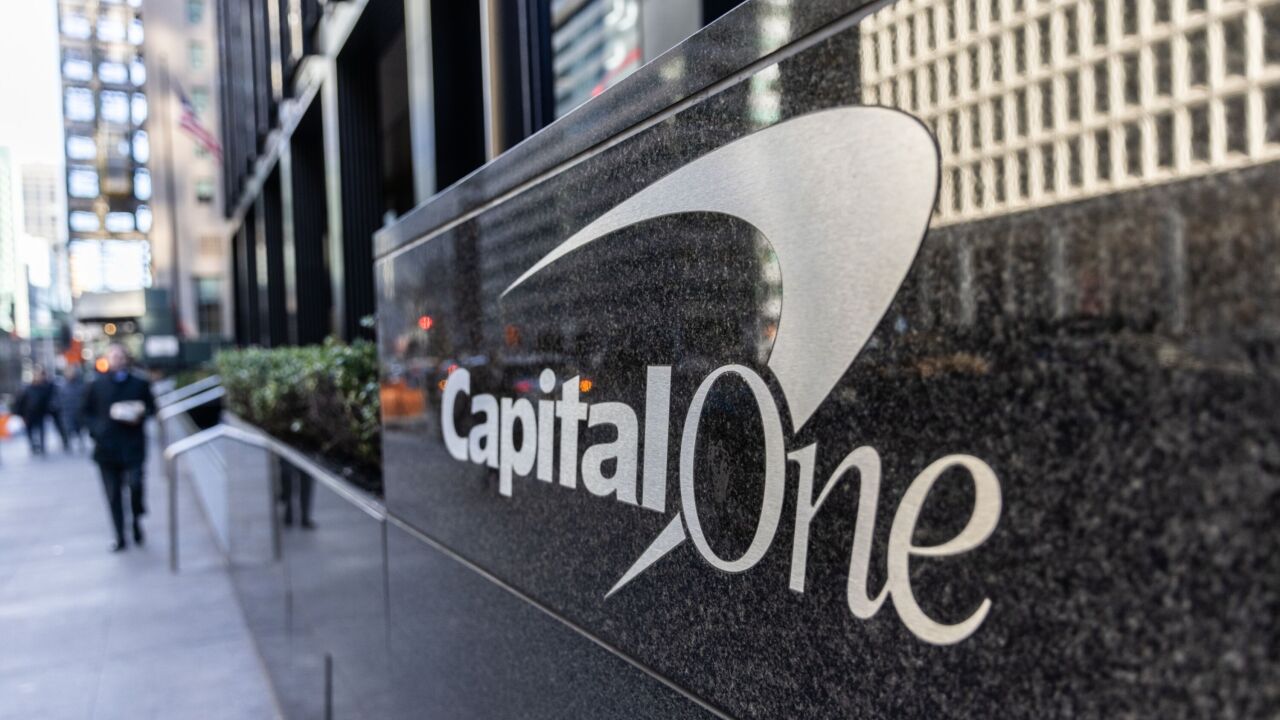ATM crimes are on the rise in the United States, especially since many ATM deployers have yet to upgrade their terminals to EMV and debit cards issued by American financial institutions still include a mag stripe, which is easy to duplicate.
Common threats include smash-and-grab raids to high-tech attacks, such as card shimming and card skimming. U.S. ATM deployers are also beginning to see more ATM jackpotting and explosive attacks.
Familiarity with your ATM terminals is one of the best ways to secure cash and sensitive information as knowledgeable technicians have a better chance of spotting tampering and malicious hardware on a unit.

Placement of ATM terminals can also have an impact on security.
As threats to ATMs evolve so too do security measures. To keep your ATM terminals secure, there are several security options.
Physical barriers. Installing concrete pylons or bollards creates a physical barricade around the ATM. Designed to sustain high levels of impact and prevent damage to storefronts and free-standing ATMs, these security measures help prevent smash-and-grab attacks.
Other physical deterrents include ATM body armor that surrounds the terminal in steel plating and anchor kits. Bolting the ATM to the ground provides an extra layer of security as most anchor kits are designed to withstand high impacts.
Physical security. Many attacks happen where the ATM is most vulnerable, the top cabinet. Upgrading locks and managing key access is a sound method of preventing unauthorized entry to the terminal, where the main board and dispenser connections are housed. The installation of alarms at ATM access points will notify site staff that the terminal has been breached, adding another layer of security.
Investing in security management software with remote diagnosis or other monitoring solutions allows ATM owners and operators to manage and monitor terminals in real time. Most security software contains features that scan for unusual transaction and/or service activity at each ATM and send alerts when suspicious activity is recorded.
Update software. The slow migration to EMV has left ATMs in the U.S. susceptible to a variety of cyberattacks. Installing software updates and security patches in a timely manner is vital to protecting the terminal’s operating system from unauthorized downloads of malware and skimming software. Regularly updating access passwords and monitoring employees and technicians who have access to the ATM adds another layer of security.
Video cameras. Installing surveillance cameras acts as crime deterrent and helps protect both the ATM deployer and customers. Video cameras can be installed at the site to monitor the ATM and surrounding area or on the terminal itself. Even when thieves wear hats, sunglasses, etc., those items can still act as identifiers for local law enforcement.





